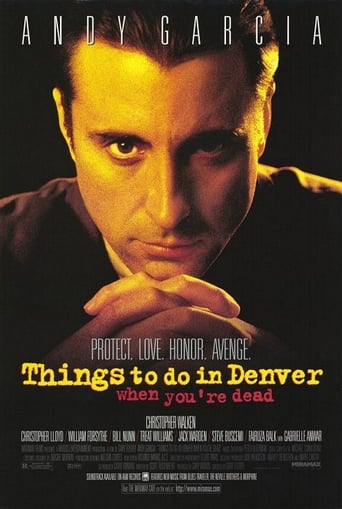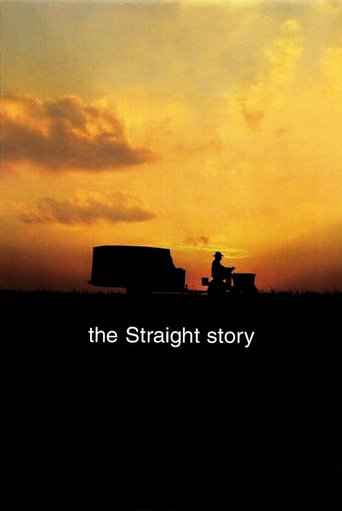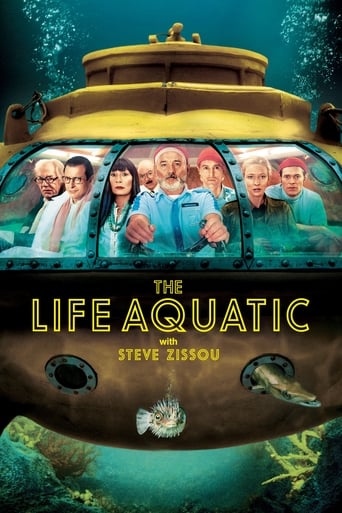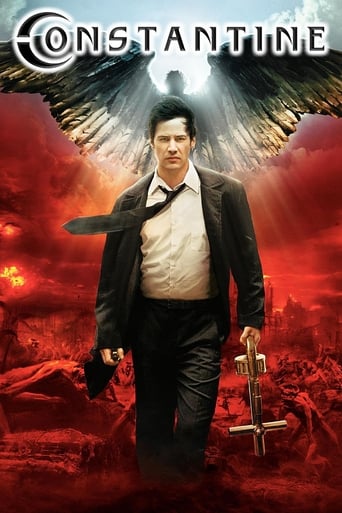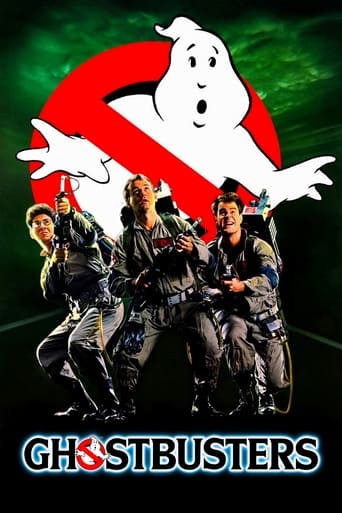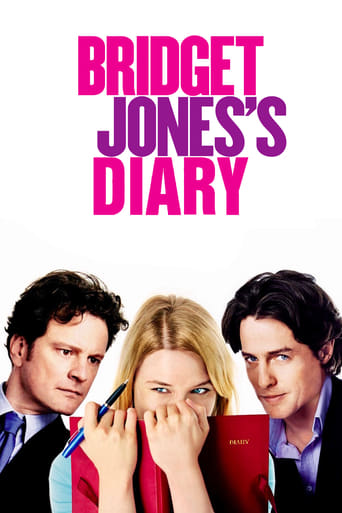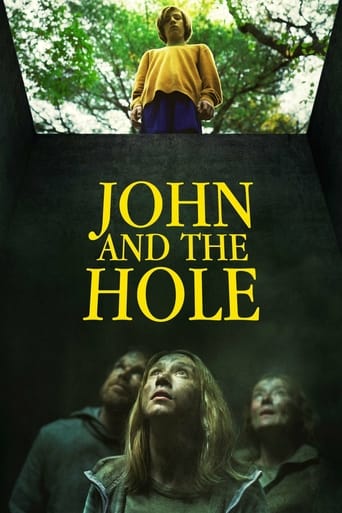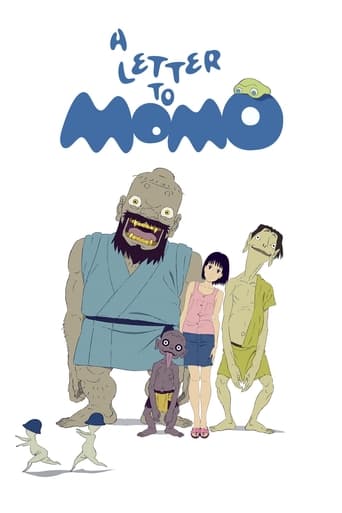

A Letter to Momo (2013)
A shy 11-year-old's life takes a strange turn when she discovers three hungry goblins living in the attic of her new house. She misses her old life. She misses her father so very much. Until she makes some new ghoulish friends.
Watch Trailer
Cast


Similar titles
Reviews
I absolutely adored this movie! It took me a bit by surprise, much like the goblins took Momo by surprise, but they grew on me as much as they did her. I laughed out loud at times, and was also very moved at the end. I really appreciated the positive outlook on death, and how the film played through the various stages of grief. Definitely worth a watch. I highly recommend for children who might be coping with a loss, or adults for that matter! It was a roller-coaster of emotion, but still left me feeling happy despite some of the more dramatic events. The goblins definitely stole the show, and though they were creepy at first, they ended up being my absolute favorites by the end.
When this film begins, it looks like another high quality film from Studio Ghibli (Miyazaki's studio) but it isn't, it's from Bandai-- the folks who make many anime series television programs. I didn't realize that they also did full-length films--but after seeing the quality of this movie, I sure would like to see more from these folks.The film is about a girl named Momo (Japanese for 'Peach'). She and her mother move out to the country from Tokyo after Momo's father's death. Momo hates living there and wants to be back in Tokyo. She also has trouble getting to know the local kids, as she is rather shy. However, over time, three unexpected friends help her out during this time of need--three goblins who are scary looking but who are really quite nice. The problem is that she alone sees them- -and at first she's scared half to death and you cannot blame her! Eventually, however, the four make peace and the rest of the plot is just something you'll need to see for yourself.So is it any good? Well, as I mentioned above the quality of the production is very nice--really nice animation, lovely music and some cute characters. The story is also lovely--a bit less strange than some of the Miyazaki films (such as "Spirited Away") and it has a very strong Shinto message involving the dead father trying to contact his daughter from the great beyond. Some religious folks might object to this message, but it is very sweet and very Japanese--so what do you expect from a cartoon from Japan?! Well worth seeing...and one that actually might be good to see with a box of Kleenex nearby.By the way, the DVD I watched was the American version. Often, things are changed or mistranslated in the process and I assume there are some difference between the original and this version. I don't think they would have called these creatures goblins in Japan- -perhaps spirits or demons. Regardless, I just want you to know that my review is based on the Americanized version. Usually, I prefer to see subtitled and original products, not ones redone for local consumption but I oddly had problems getting the DVD to play the Japanese version (which was on the same disc but just wouldn't work on my DVD player).
The film is a story about a girl's spiritual growth and overcoming difficulties in a new life. Momo Miyaura, a sullen 11-year-old, encounters three goblins from an old Edo-era's comic book. The goblins are Iwa, Kawa and Mame. Iwas is large, clumsy and honest; Kawa is middle, manipulative and greedy; Mame is small, slow and infantile. They are mischievous, sloppy and dull.Their appearances are reminiscent of "Kyoka Hyakki Yakyo," an illustration of goblins in an Edo-era comic book called "Kibyoshi." "Kibyoshi" is a precursor of 'manga.' In the Edo era, various images of goblins entertained readers and told valuable lessons.The film is set in Shio Shima, Inland Sea, an allusion to Yasujiro Ozu's classical film "Tokyo Story." Momo moves from Tokyo to the small island after her father's sudden death. While she is boarding a ship, three drops of spirits come down from the sky and land on her. The drops are the goblins or guardians, which help her reconcile a sad memory about her father. She regrets criticizing her father before he passed away.In the film, the legendary goblins and Momo develop strange but warmhearted relationships that unite the past and present, or this world and afterlife. A motif of connectedness appears at various levels and creates a poignant but cheerful story. First, it shows continuation of time in Japanese popular culture by making a connection with the funny goblins emerging from a "kibyoshi" and in Momo's contemporary life. The past is linked to the present via 'manga.' The emergence of old 'manga'unfolds a history of Japanese popular culture, which intertwines with her daily life and symbolizes continuity.Second, the connectedness illustrates the relationships between the spirits and humans in a spectacular way. Various types of spirits such as orchard spirits, ocean spirits and forest spirits assist Momo. This is most memorably exemplified when the spirits collaborate to help her in the midst of a fierce typhoon. Thanks to their support, she overcomes a difficulty. Demonstrating collective forces, the animating spirits generate a harmonious and splendid message that life is working with others. Nobody can live alone.In addition, the scene also gives us a lesson. Each one of the vigorous spirits provides her with a tiny power that is almost negligible, but its contribution is valuable and finally brings a tremendous result to aid her. It reminds us that selfishness and indifference do not bring anything good. The significant message is that everybody has a role to play in the world. The scene is a pivotal moment of her spiritual growth.Furthermore, the connectedness with the spirits also underlines a powerful animistic note that we are part of nature, which exerts enormous power and is larger than us. Nature and humans can coexist harmoniously in this world. The connectedness is the key that keeps our lives going.Third, the connectedness demonstrates that death is not the end of life. The goblins have been sent from Above in order to watch over the living. Their special mission is to rally round Momo and report about her life to Above. Their mission expresses a vastness of time in human life, including the afterlife. In short, the dead also have a mission to do in this world. A person's life in this world is finite, but one receives another mission to complete in the afterlife. The amicable relationships between the hilarious goblins and her imply that the deceased can also return to this world and work together with the living. The connection between the dead and the living indicates a culture of ancestor worship, emphasizing the relationships between ancestors and offspring, or the past and present.Accordingly, the story offers a strong viewpoint that it is possible that we can be befriended by spirits or the deceased. A sense of infinite life is an unforgettably emotional moment and contributes to her psychological relief that she has another chance to make up with her father. Finally, the togetherness ameliorates her hardship. All the connectedness is linked to a process of her reconciliation with her regret.This film would be particularly appealing for victims of the unprecedented great earthquake and tsunami that struck Japan in 2011. Many people unexpectedly lost their loved ones and everyday lives. They were totally unprepared to suffer such tragedies, let alone time to bid farewell. Later, they left their familiar lands and have been struggling with new environments.In the film, such sentiments are clearly illustrated. Momo's father had an accident at sea and never returned. Her relocation to Shio Shima is an outcome of the loss of her father. The abrupt loss echoes Japanese collective grief and sorrow for those affected by the unbearable incidents.Likewise, Momo's struggle is part of their struggle. Her feeling of sadness is theirs; her tears are theirs. Eventually, her achievements foreshadow their hopefulness. The story captures her shuttered heart as a reflection of theirs. It epitomizes Japanese psychology – many people hesitate to talk about their tragedy because it is negative.The film finally offers a moment of catharsis and kindles a flame of hope. Consequently, underlining the importance of familial bonds and hopes that keep them going toward their future, "A Letter to Momo" is a letter to those victims.More importantly, the story conveys Japanese Gambaro spirit that is an encouragement for people to work hard. The spiritual essence cultivates a sense of esprit-de-corps and persistence. Gambaro spirit is a sense of working hard together and for others, who will help us sometime and somewhere.Ultimately, intersecting beings from the afterlife with this world, the film informs us of a traditional belief that invisible spirits live together in this world in order to help us.All the deceased are our guardians, so chin up!
Almost like the movie spirited away. Except in this case, it's not a girl who wanders with her parents into a Yokai domain, but the Yokai busting into the human world. This was a good film about a girl who moved with her mother to Shio from Tokyo. Both have strained themselves to keep the memories of their Husband/father alive so they can move on with their lives. But instead, Momo lingers on with an unfinished letter from her father who wanted to apologize for going on an excursion on the night of a family date. Seeing as this clearly upset Momo, she practically cursed her father out of spite, and lost him in a horrible accident. Since the move however, her grandmother introduces her to a small room, called the sky (Attic) where memories are kept intact in forms of statues or books. With a curious eye, Momo reads one in particular about a group of Yokai who watched over her family for generations. Seeing as this presented no problems, she begins to hear and see the real thing which questions her sanity. Since nobody else can see them except for a smaller girl, Momo decides to allow them to stay inside her house on the condition they stay in the sky room. But as will all Yokai, they cannot keep still for one moment, which then leads Momo on a remarkable trip of self discovery. This was a fresh approach to how kids dealing with pain in the most minute details. For Momo, not being able to say goodbye properly to her father after his death gives her a new resolve. More so, because on a particular night, a typhoon ripped through Shio while Momo was exposed to the elements. Her mother of course who suffered from asthma starts to fall ill to her condition because she couldn't find her. Momo and her new friends struggle to help save her mother from certain death to go out into the typhoon, and reach the hospital as soon as possible with the help of a neighbourly mail man. Soon all the Yokai help her to attain that clearance to let her reach her goal. And with their help, saved her mother in time. The story was well done, as well as the music. I found this film rather slow at first, but when it picked up later the laughs, tears started to roll like clock work. I think all ages will enjoy this film for its humour, its back story lines, as well as seeing the tragedies become less impactive to those who were closest to it. Momo struggled hard, but with her Yokai friends life was more bearable to endure seeing as demons of ghosts know a lot more about death than humans. Memories are made, and memories fade, with Momo her memories of her father became clearer, and with the help of her demon buddies, got a message at last from her father who simply said,..... Well you got to see the movie for that. Highly recommended to all.





